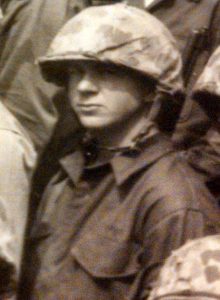His triumphant performance at the 1960 Olympics was his farewell to track and field. He went on to become a good-will ambassador for the United States and a close associate of the Kennedy family.

By
Rafer Johnson, who carried the American flag into Rome’s Olympic Stadium in August 1960 as the first Black captain of a United States Olympic team and went on to win gold in a memorable decathlon duel, bringing him acclaim as the world’s greatest all-around athlete, died on Wednesday at his home in the Sherman Oaks section of Los Angeles. He was 86.
Michael Roth, a family friend and spokesman, confirmed the death.
Johnson never competed after that decathlon triumph. He became a good-will ambassador for the United States and a close associate of the Kennedy family, taking a leadership role in the Special Olympics, which were championed by Eunice Kennedy Shriver, and joining Robert F. Kennedy’s entourage during Kennedy’s presidential campaign in 1968. He was remembered especially for helping to wrestle the senator’s assassin to the ground in Los Angeles in 1968.
Johnson’s national profile was largely molded at the 1960 Olympics, one of the most celebrated in the history of the Games, a moment when a host of African-American athletes burst triumphantly onto the world stage. Muhammad Ali, known then as Cassius Clay, captured boxing gold in the light-heavyweight division. Wilma Rudolph swept to victory in the women’s 100- and 200-meter dashes and combined with her Tennessee State teammates for gold in the 4 x 100 relay. Oscar Robertson helped take the United States basketball team to a gold medal.
Johnson had been chosen to speak on behalf of the American Olympians at a sendoff rally at City Hall in New York.
He “flawlessly called out the names of the dozens of teammates who stood at his side,” David Maraniss wrote in “Rome 1960: The Olympics That Changed the World” (2008). “He had a firm grasp of the occasion, and team officials took notice. His performance in New York, along with his stature as the gold medal favorite in the decathlon, convinced the officials that Johnson should be the U.S. captain in Rome and the first black athlete to carry the U.S. flag at an Olympic opening ceremonies.
“There could be no more valuable figure in the propaganda war with the Soviet Union, which wasted no opportunity to denounce the racial inequities of the United States.”










